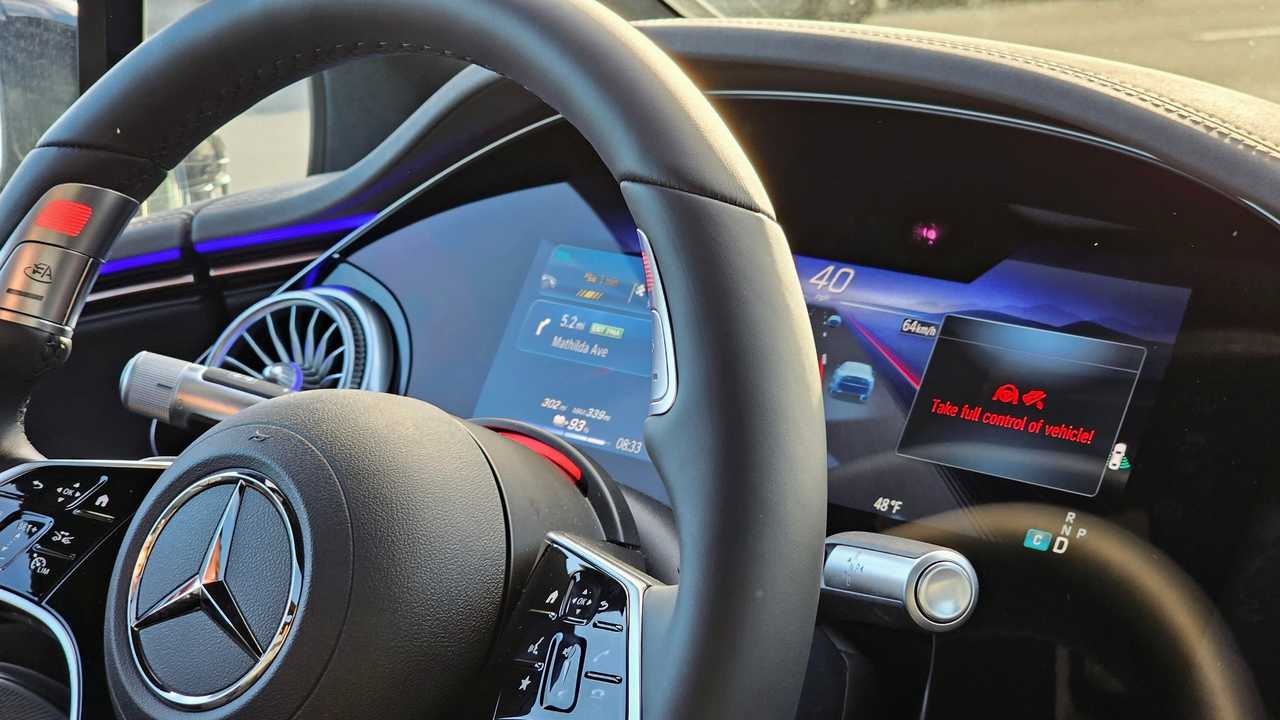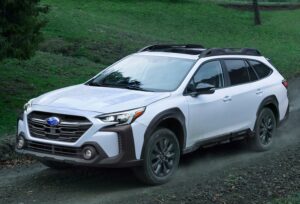In a recent evaluation by the Insurance Institute for Highway Safety (IIHS), a concerning revelation emerged about the effectiveness and reliability of advanced driver-assist systems (ADAS) in today’s vehicles, with the majority of automakers receiving poor ratings for their driver monitoring systems. Out of 14 systems evaluated, only three managed to secure either a marginal or acceptable rating. This underscores a widespread issue within the rapidly advancing automotive industry, where technology promises safer roads and reduced human error. The IIHS’s findings highlight a critical oversight, indicating that the majority of automakers may not be monitoring driver engagement as rigorously as necessary, casting doubts on the commitment to ensuring the utmost safety through advanced safety technologies.
Out of 14 driver monitoring/safeguard systems scrutinized in the latest study, an alarming 11 were deemed inadequate, receiving a “poor” rating. Only two systems scraped by with a “marginal” rating, and a solitary system, managed by Lexus, was deemed “acceptable”. Remarkably, not a single system secured a “good” rating, underscoring a pervasive issue across the board.
For a system to be rated as “good” by the IIHS, stringent criteria must be met. Such systems are expected not only to continuously monitor the driver’s gaze and hand placement but also to issue at least two alerts within the first 10 seconds of detected inattention. Should the driver remain distracted for 20 seconds, a more pronounced third alert should trigger, or the vehicle should begin to take emergency measures to decelerate and safely pull over. Irrespective of these alerts, a period of 35 seconds of detected inattention should prompt the vehicle to automatically slow down and exit the roadway.
The report further suggests that driver-initiated actions, such as lane changes, should remain a manual task to encourage active participation in driving. It criticizes systems that allow lane-keeping assistance to disengage upon manual steering adjustments and those that automatically reactivate adaptive cruise control after significant stops. Additionally, it recommends that failure to fasten seatbelts or disabling automatic emergency braking should disable the activation of driver assists altogether.
The vehicles under scrutiny spanned a range of manufacturers, including Ford, General Motors, Tesla, Mercedes-Benz, BMW, Genesis, Lexus, Nissan, and Volvo. Despite the predominantly poor ratings, the study pointed out specific areas where some brands nearly met the mark for a higher rating, indicating room for improvement.
IIHS Senior Research Scientist Alexandra Mueller highlighted the variance in system shortcomings, noting, “Many vehicles don’t adequately monitor whether the driver is looking at the road or prepared to take control. Many lack attention reminders that come soon enough and are forceful enough to rouse a driver whose mind is wandering. Many can be used despite occupants being unbelted or when other vital safety features are switched off.”
While the findings raise significant concerns, the IIHS remains optimistic about the potential for improvement, largely attributable to advancements in software technology. According to IIHS President David Harkey, the solutions to these deficiencies might be simpler than anticipated. “No single system did well across the board, but in each category, at least one system performed well. That means the fixes are readily available and, in some cases, may be accomplished with nothing more than a simple software update.”
As the automotive industry continues to evolve, the IIHS’s report serves as a crucial reminder of the importance of keeping driver safety at the forefront of technological innovation. With the right adjustments, the future of driving could indeed be safer, but it requires a commitment from automakers to prioritize and refine the interaction between technology and human attention.






